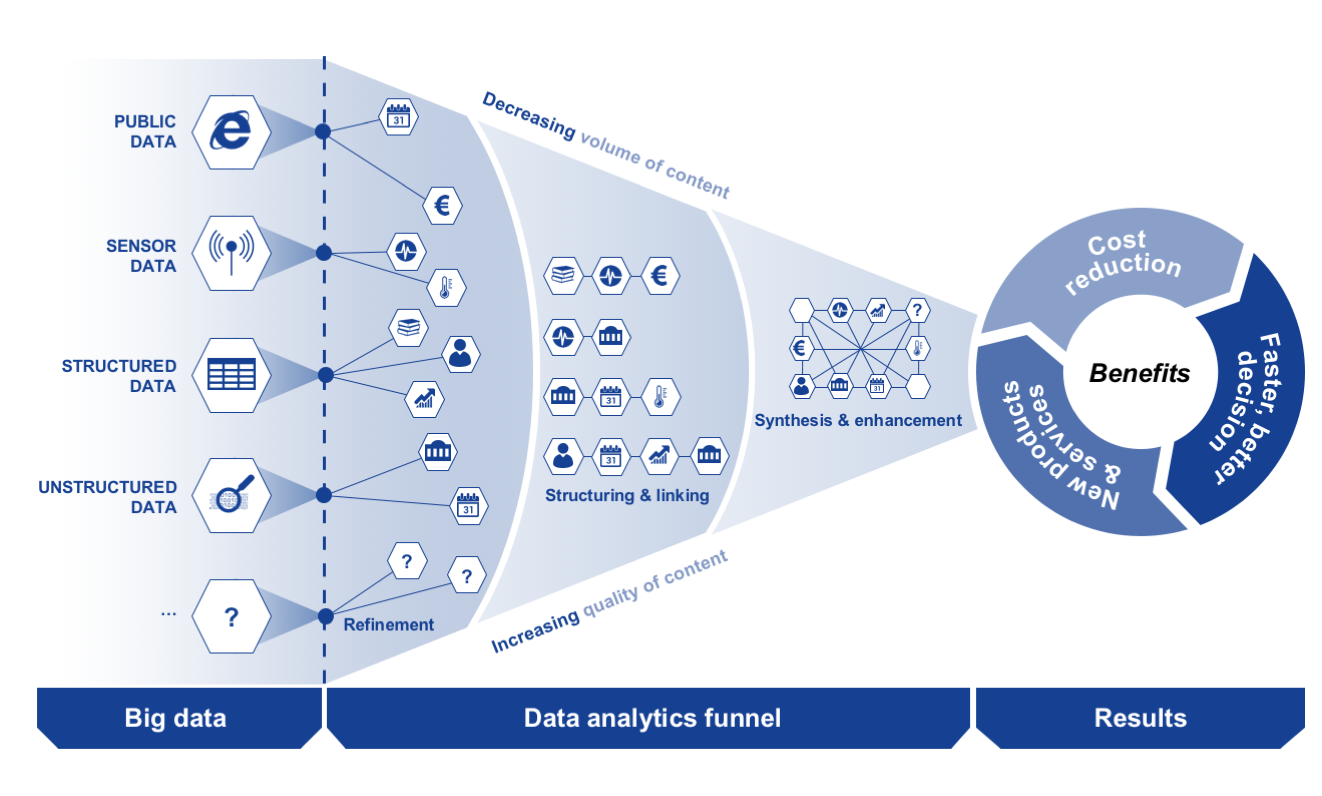What are Cloud-Native Applications? A Comprehensive Guide
Cloud-native applications are increasingly becoming the standard for deployments in both public and private clouds. But what exactly defines a cloud-native application, and how can you effectively build one?
Understanding the fundamental principles is crucial. The term 'cloud-native' is often misunderstood, similar to how 'cloud computing' was initially perceived. Simply hosting an application on a remote server does not automatically qualify it as cloud-native. To clarify, the US National Institutes of Science and Technology established a formal definition of cloud computing in 2011:
Cloud computing is a model for enabling ubiquitous, convenient, on-demand network access to a shared pool of configurable computing resources (e.g., networks, servers, storage, applications, and services) that can be rapidly provisioned and released with minimal management effort or service provider interaction.
However, cloud-native goes beyond merely being built for the cloud. It has a formal definition developed through an open-source process under the Cloud Native Computing Foundation (CNCF):
Cloud-native technologies and architectures typically consist of some combination of containers, service meshes, multi-tenancy, microservices, immutable infrastructure, serverless, and declarative APIs.
What Defines a Cloud-Native Application?
While you can technically run any application in the cloud by creating a virtual machine on a cloud host, that doesn't make it cloud-native. Cloud-native applications are specifically designed and built to thrive in cloud environments. It's not simply about 'lifting and shifting' an existing on-premises application to the cloud.
Unlike traditional monolithic applications, which are often tightly coupled, cloud-native applications are modular and decoupled. Instead of being a single application stack, a cloud-native application adopts a decoupled architecture.
The most atomic unit of a cloud-native application is often the container, such as a Docker container or any container that adheres to the Open Container Interface (OCI) specifications. The term 'microservices' is frequently used in conjunction with cloud-native applications. Microservices are small, independent services that communicate via APIs and are typically deployed in containers. This microservices architecture enables independent and elastic scaling, aligning with the cloud's intended functionality.
Although containers can run in various host environments, they are most commonly deployed within an orchestration platform. The leading container orchestration platform today is Kubernetes, an open-source platform supported on all major public clouds.
Key Characteristics of Cloud-Native Applications
Cloud-native applications possess several defining characteristics that set them apart from traditional applications:
| Characteristic | Description |
| Microservices architecture | Applications broken into smaller, loosely coupled services that can be developed, deployed, and scaled independently |
| Containerization | Packages microservices with dependencies, ensuring consistency across environments and efficient resource use |
| Orchestration platform | Provides container deployment platform with integrated scaling, availability, networking, and management features |
| CI/CD | Automated pipelines for rapid code integration, testing, and deployment |
| Devops culture | Collaboration between dev and ops teams creates shared responsibility, faster cycles, and reliable releases |
| Scalability and resilience | Dynamically scales resources based on demand and handles failures gracefully for high availability |
| Distributed system design | Services operating across multiple servers enabling component-specific scaling, fault tolerance, and optimized resource utilization |
Frameworks, Languages, and Tools for Building Cloud-Native Applications
Developing cloud-native applications involves a diverse range of technologies. Here are some of the most commonly used frameworks, languages, and tools:
Programming Languages
- Go: Developed by Google, Go is valued for its performance and efficiency, especially in cloud services.
- Java: A versatile language with a rich ecosystem, often used for enterprise-level applications.
- JavaScript: Widely used for scripting and building applications, as well as real-time services.
- Python: Known for its simplicity and readability, making it suitable for various applications, including web services and data processing.
Cloud-Native Containerization and Orchestration
The basic building blocks of cloud-native application deployment are containers and a platform to orchestrate the running and management of those containers in the cloud.
Key technologies include:
- Docker: The container technology that popularized application containers and is often the default container technology used in cloud-native deployments.
- Podman: Red Hat developed its own approach to containerization, which is largely compatible with Docker.
- Kubernetes: The de facto standard for container orchestration in cloud-native environments. Kubernetes services are available on all major cloud platforms, including Amazon Elastic Kubernetes Service (EKS), Microsoft Azure Kubernetes Service (AKS), and Google Kubernetes Engine (GKE).
Cloud-Native Development Frameworks
Programming languages alone are often insufficient for developing larger enterprise applications. That's where application development frameworks come into play.
Popular cloud-native development frameworks include:
- Django: A commonly used web framework for Python that has increasingly been used for cloud-native application development.
- Micronaut: A full-stack framework for building cloud-native applications with Java.
- Quarkus: Another framework created specifically to enable Java developers to build cloud-native applications.
- .NET Aspire: Microsoft's open-source framework for building cloud-native applications with .NET.
- Next.js: A React JavaScript framework that is particularly well-suited for building cloud-native web applications.
- Node.js: A lean and fast JavaScript runtime environment with an event-driven, non-blocking I/O model.
Continuous Integration and Continuous Deployment (CI/CD)
Continuous CI/CD pipelines are essential components of cloud-native development, enabling automated testing, building, and deployment of applications.
Modern CI/CD tools integrate closely with container technologies and cloud platforms, providing integrated automation across the entire application lifecycle. These tools often implement practices like automated testing, canary deployments, and blue-green deployments that reduce risk and accelerate delivery.
Commonly used tools include:
Observability and Monitoring
Cloud-native applications require observability technology to provide insights into the behavior of distributed systems. This includes monitoring, logging, and tracing capabilities that provide a comprehensive view of application performance and health across multiple services and infrastructure components.
Tools that support the OpenTelemetry standard, along with platforms like Prometheus for metrics and Jaeger for distributed tracing, form the backbone of cloud-native observability.
Best Practices for Cloud-Native Application Development
All major public cloud providers have developed best practices for cloud-native applications, often drafted under the name of the Well-Architected Framework.
- AWS Well-Architected Framework
- Google Cloud Well-Architected Framework
- Microsoft Azure Well-Architected Framework
The foundational principles behind the Well-Architected Framework help ensure that cloud-native applications are secure, reliable, and efficient. Core principles include:
- Operational Excellence: Monitor systems and improve processes.
- Security: Implement strong identity and access management, data protection, and incident response.
- Reliability: Design systems to recover from failures and meet demand.
- Performance Efficiency: Use computing resources efficiently.
- Cost Optimization: Manage costs to maximize the value delivered.
Cloud-native applications represent a fundamental shift in how organizations design, build, and deploy software. Rather than simply moving existing applications to cloud infrastructure as a virtual machine, the cloud-native approach embraces the cloud's unique capabilities through architectural decisions that prioritize flexibility, resilience, and scale.
By embracing cloud-native principles, organizations position themselves to benefit from the full potential of cloud computing—not just as a hosting model, but as an approach to building applications that can evolve rapidly, operate reliably, and scale dynamically as usage requires.



















